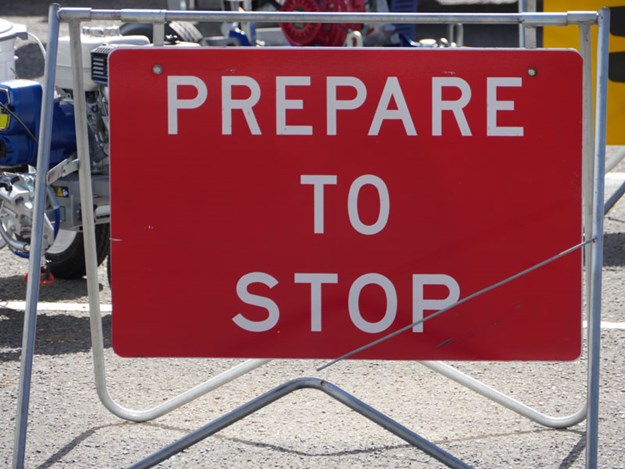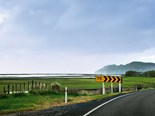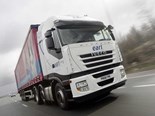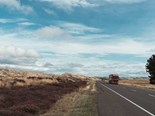Comment: Drivers contribute to level crossing safety in NZ
RTF has been involved in a research project by TrackSAFE NZ with support from KiwiRail and NZTA that takes a look into the safety of level crossings for heavy vehicles
The study specifically focused on the views of truck drivers operating on and around railway level crossings and uncovered valuable information to improve the design and safety of it in the future.

The research included a survey of around 400 drivers measuring their knowledge and behaviours with regard to level crossings. This was followed by focus groups that further explored the perceptions and concerns that drivers have when it comes to operating around level crossings.
Drivers who participated in the study said that for their part, they should educate themselves and take time to plan and know their route and their vehicle. The simple steps of stopping, looking, and listening as well as focusing on the task at hand were key messages.
The drivers also made a number of suggestions about how level crossing could be made safer. These included improving visibility around crossings, having better signage, making improvements to road infrastructure, and using technology such as apps to alert drivers to dangerous crossings.
More than 400 public level crossings in New Zealand—around 31% of all level crossings—have been identified as having a short stacking distance. This means a long vehicle is not able to completely clear the level crossing when it is stopped at an adjacent road intersection.
The research also found that heavy vehicle drivers believe most motorists don’t understand the challenges of driving a heavy vehicle and why a truck driver may have to take a certain course of action depending on the circumstances.
A greater understanding by motorists of the challenges of driving a heavy vehicle would be beneficial for improving safety on our roads generally as well as at railway level crossings, the drivers said. RTF is grateful to all the drivers and transport companies that contributed to this research.
We hope that the findings will help in the development of a new safety campaign around level crossings as well as inform NZTA and KiwiRail as to the engineering improvements required to make level crossings safer for heavy vehicles.
For more information about the research, please contact Megan at TrackSAFE at tracksafe@tracksafe.co.nz.
While we are on the subject of modal separation, and that’s exactly what level crossings are designed to do after all, RTF was extremely disappointed to learn of NZTA’s decision to not include a separate cycling and walking path in the initial design of the new Manawatu Gorge replacement.
Instead, we’re left with a half-lane-wide strip on each side of the four-lane highway. RTF is a strong advocate for modal separation, especially on high use, high-speed highways, and we do not think it’s too much to ask for a dedicated walking and cycling path on the much-needed Manawatu Gorge replacement.
I do not think it’s fair on either cyclists or truck drivers to ask them to share this road. It will be a critical route that will link up the east and west sides of the lower North Island and as the freight task grows, it will only get busier and more inadequate for the two modes to share.
If the Government is going to focus on safety and promote the virtues of walking and cycling, it needs to walk the talk and provide for adequate modal separation as part of these new projects.
Keep up to date in the industry by signing up to Deals on Wheels' free newsletter or liking us on Facebook.





.jpg)


.jpg)








